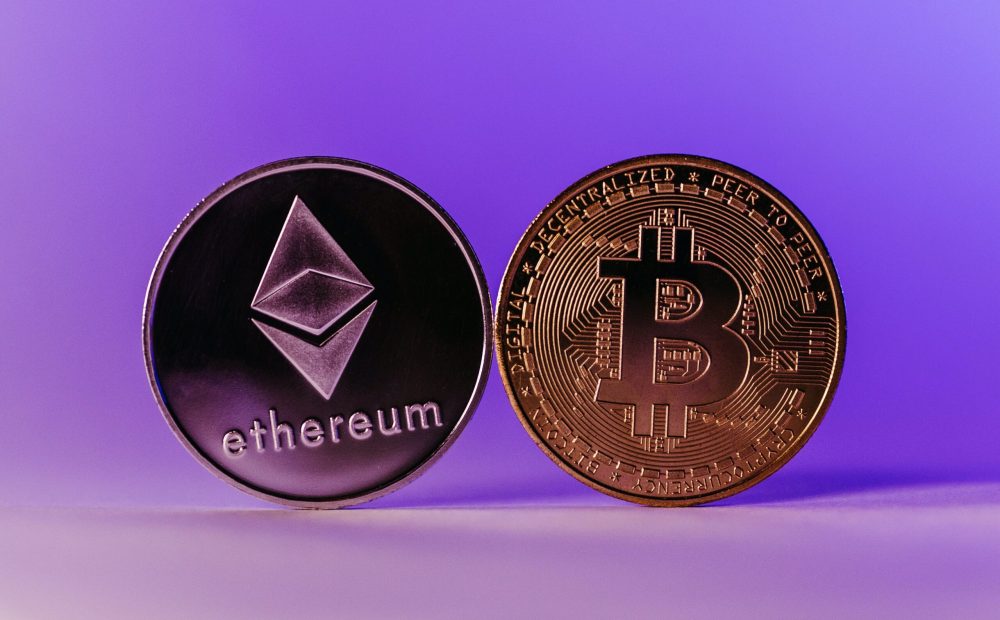
At this point, many of us have a baseline understanding of the blockchain. But this decentralized ledger does far more than securely record financial transactions.
Blockchain technology can now be seen within myriad industries, revolutionizing operations and redefining what it means to be successful in today’s digital world.
“Its ability to enhance transparency, security, and efficiency while promoting collaboration and innovation makes it a compelling tool for organizations across industries,” explains Yaddly on LinkedIn. “As businesses explore the potential of blockchain and harness its capabilities, they stand to unlock new opportunities, optimize processes, and gain a competitive edge in the rapidly evolving digital landscape.”
Use this primer as an entry point into the transformative potential of blockchain for any sized IT team.
How Blockchain Increases Trust Within Business
Because of the transactional relationship between businesses, tensions run high when trust is low. Even complicated contracts may not be enough to fully reduce friction.
Permissioned distributed ledger technology increases the ease and transparency with which businesses interact and collaborate. Partners who’ve been given access to these private blockchains can view specifics of any transaction or agreement in real time. The ledger is also permanent and uneditable (immutable), ensuring all deals are carried out above board.
Documented successes can be seen the world over, helping businesses scale across almost every imaginable industry from healthcare and finance to cybersecurity and food supply chain management.
Top Blockchain Applications
The present-day capabilities of blockchain are only beginning to emerge. As it evolves beyond a dedicated finance tool, organizations are finding new ways to leverage it.
These are just a few of the distributed ledger use cases businesses have successfully implemented so far:
Inevitable Adoption
Traditional banking and recordkeeping were only the first waves of disruption. But make no mistake; the blockchain revolution is here. Adopting this innovative technology will soon be mandatory if your business is to remain competitive.
Still working to fully comprehend distributed ledger technology? You’re not alone.
“The blockchain is definitely still arcane for the general population,” Nick Spanos, co-founder of Zap and founder of the Bitcoin Center NYC tells Business News Daily. “Fortunately, just like you don’t need to understand how an internal combustion engine works in order to drive a car, one does not need to understand how the blockchain works in order to interact with it.”
